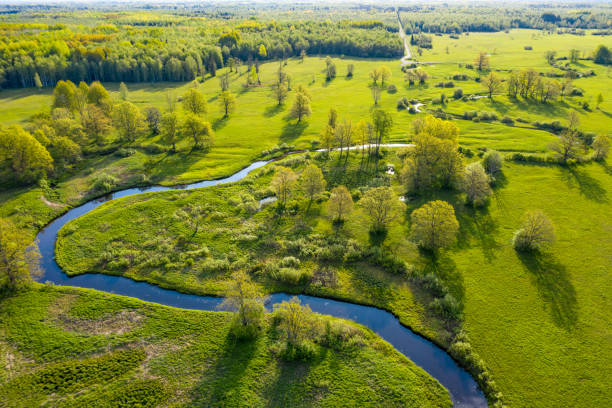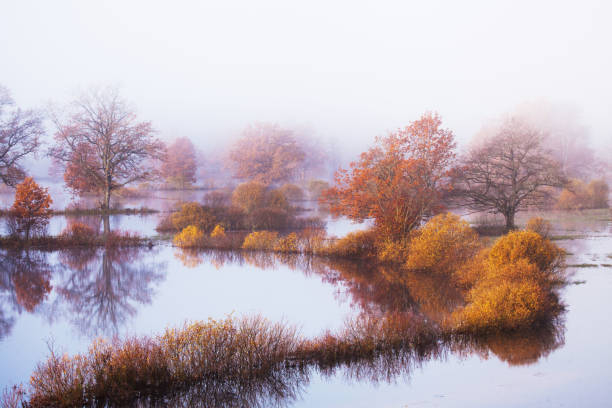Soomaa National Park, Estonia

The Soomaa National Park is a wetland region in the counties of Pärnu and Viljandi. Visitors may be most familiar with Soomaa for its great flood, or the so-called fifth season, in which water from melted snow or strong rainfall floods the lower woods, roads, and even yards. If you're driving from Pärnu to Soomaa, make a stop at the mysterious Tori Hell. Stop at the ancient Riisa Study Trail on your way to the Soomaa National Park Visitor Centre, which is accessible to both explorers in wheelchairs and hikers with baby prams.
Visitors to Soomaa can participate in normal, canoe, and snowshoe treks; beavers are a common subject for wildlife viewing trips. The Beaver Trail, which begins at the Soomaa National Park Visitor Centre, is wheelchair and baby pram accessible. Soomaa, commonly regarded as the capital of Estonian primeval environment, has five significant wetlands. Traditional land cultivation has transformed the meandering river's banks into a variety of river flood-meadows and woodland meadows. Soomaa is part of the European wilderness network because of these undisturbed places. Soomaa is a sanctuary for both little and large birds and animals. Elk, deer, wild boar, lynx, wolf, and bear live in these woodlands, while beavers create aquatic landscapes.
Soomaa is home to grouse and golden eagles; mash borders are capercaillies' playgrounds, while vast mash fields are filled with the cooing of black grouses. More humid woodlands are home to woodpeckers and a variety of owls. Charadriiformes, great snipe, and corncrake live in flood-meadows. Soomaa's human population history extends back to the Stone Age. The traditional aspen logboat, the creation of which may be learnt in Soomaa, reflects the historic and attractive essence of this location. The Soomaa National Park is part of the PAN Parks network of protected areas dedicated to the preservation of wildness.
Location: Viljandi, Estonia
















